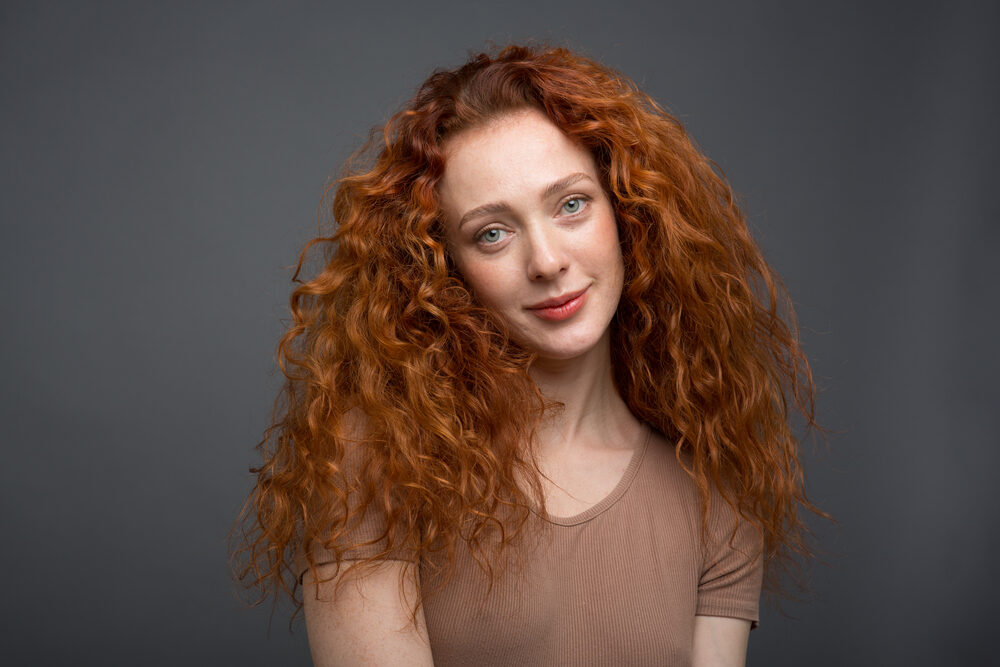
Are you dreaming of fresh, radiant, glowing highlights without extensive hair damage or a costly trip to the salon? If so, Sun-in might be exactly what you’re looking for.
It’s marketed as a mild hair lightener and has received rave reviews. Some, however, wonder whether it’s really as gentle as the company claims, and others question if it’s outright bad for the hair. In this article, we’ll examine what Sun-in is, what’s in it, and whether it’s bad for your hair.
Table of Contents
Sun-In Products
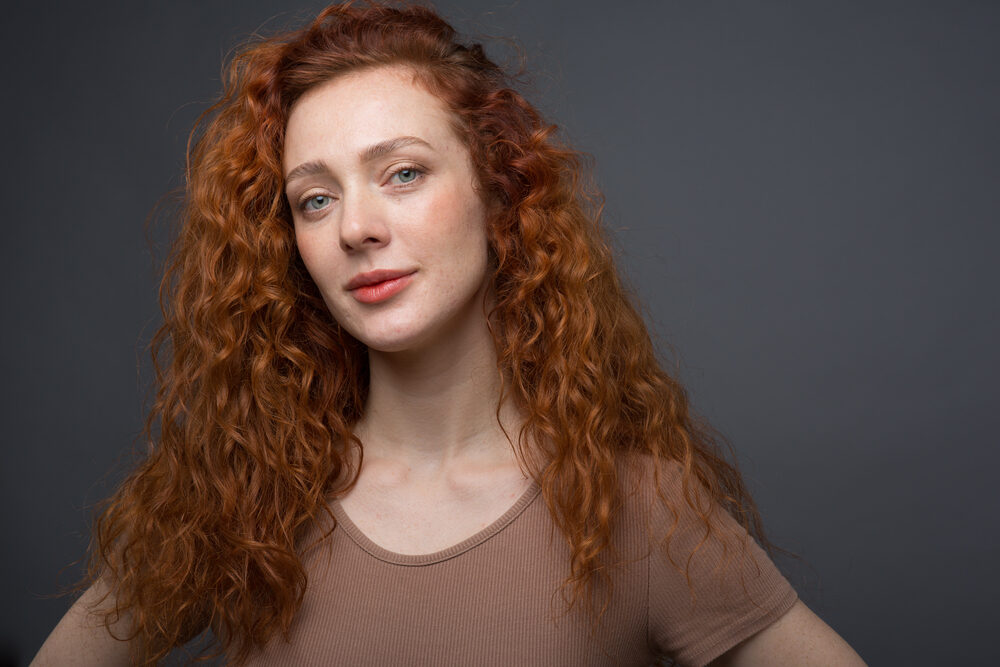
Sun-In is a hair lightener spray that can produce the same natural highlights you’d get from sun exposure but faster. This alcohol-free, paraben-free, and botanical extract-filled product is a fast and easy way to lighten your hair.
Sun-In should be applied to damp hair for the best results. Spritz the product on the areas you would like to lighten, and then activate with heat (e.g., use a blow dryer). The heat is what triggers Sun-in’s lightening action.
Sun-In comes in two fragrances, Lemon Fresh and Tropical Breeze. The only difference between the two? The color of the bottle and the scent.
Lemon Fresh comes in a yellow bottle, while Tropical Breeze comes in pink. The product comes in a 4.7 oz spray bottle for easy application.
Note for dark hair: Sun-in will not result in sun-kissed blonde tresses if your hair is dark. You’ll end up with orangey hair instead. We always recommend testing the color result on shed hair from your hairbrush.
For example, if you have black hair or dark blonde hair it's best to see how much the product will lighten your hair compared to your expectations.
Sun-In Product Ingredients

You may have heard good things about Sun-In, being that it is a very affordable way to get a natural summer blonde look. But, just like most lightening products, it contains both beneficial and harmful ingredients.
Here’s the rundown on Sun-in product ingredients:
The Good Ingredients
- Water. Water is the first ingredient in Sun-in. It acts as a solvent to dissolve the active ingredients in the formula. What’s great about water-based products is that they are more hydrating to your hair than oil-based or wax-based products. And when it comes to curly hair, hydration is everything.
- Aloe barbadensis leaf juice. Aloe vera is the third ingredient in Sun-in, and it’s a miracle hair remedy. It contains enzymes that promote hair growth by eradicating dead skin cells that may be clogging hair follicles. It also hydrates and smooths the hair to prevent breakage and make it easier to manage.
- Chamomile flower extract. Chamomile is a mild lightening agent that’s widely used in hair lightening products. In addition to its lightening abilities, it helps relieve scalp itchiness and promote hydration.
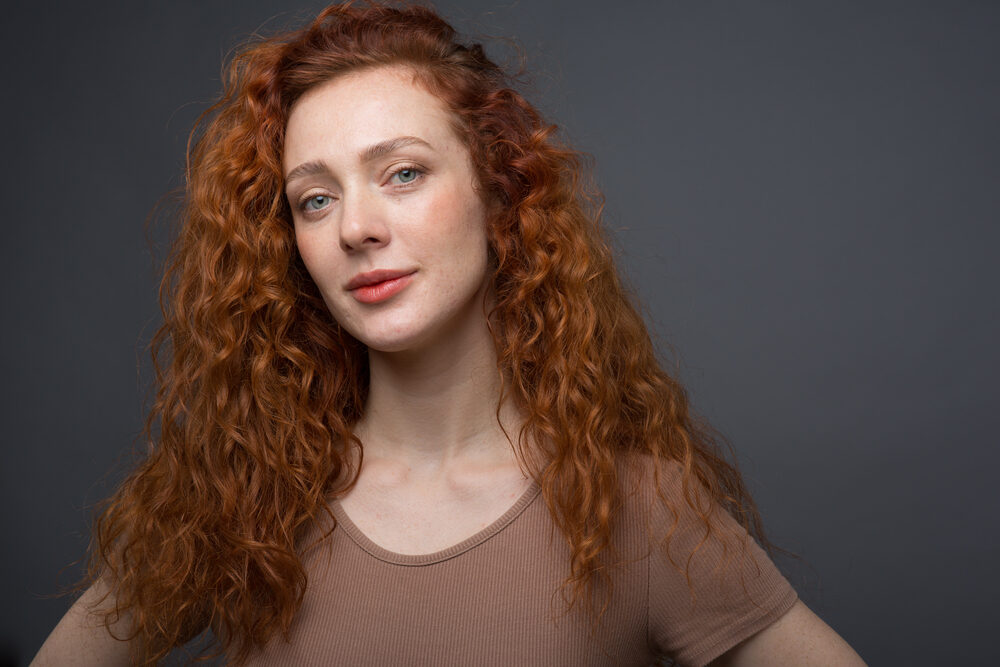
The Bad Ingredients
- Hydrogen Peroxide. This ingredient is the main lightener in Sun-in. It works to permanently change the color of your hair by penetrating the cortex and removing your natural hair pigment. This process can cause structural damage and dryness, which can result in significant breakage, leaving your hair brittle and full of split-ends.
- Lemon juice. Lemon juice works in combination with heat to lighten your hair. It contains citric acid, which activates and accelerates the lightening process. Though it’s an effective way to lighten your hair, it’s very damaging due to its acidity. It can dry your hair out in a hurry.
- Artificial fragrances. The problem with fragrances is that hair product manufacturers are not required to disclose what's in them. The most irresponsible companies use fragrances to mask the presence of potentially harmful chemicals, including formaldehyde and phthalates. Fragrances could contain a number of irritants and chemicals. This is why they’re known to be irritating to the skin.
As you can see, Sun-in has some hair-nourishing ingredients and some ingredients that should come nowhere near your curls.
Sun-In Customer Reviews
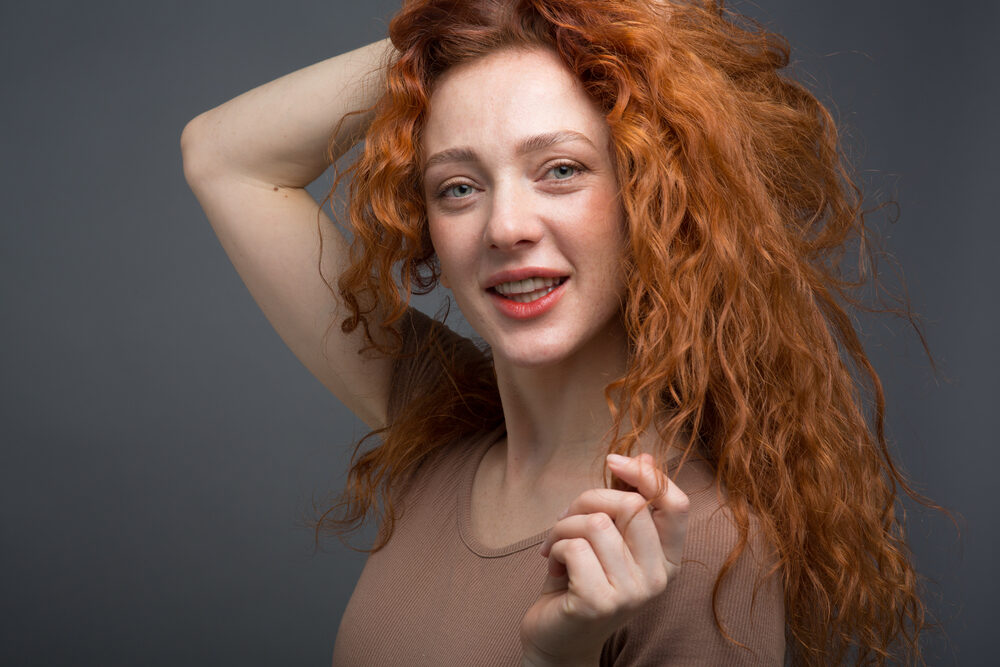
Now, it’s time to see what Sun-In customers think about the product. Customer reviews can give you valuable insight into the product. Below we’ll cover both positive and critical reviews from past Sun-in customers (and some of our blog readers).
Many customers state that Sun-in works well, lightening the hair as expected. It’s beneficial for those who have blonde hair and want highlights.
People often say that they love not having to spend money on costly bleaching sessions. One customer also stated that it’s important not to overuse the product, as it can over-lighten your hair and result in an unnatural outcome.
Customers who didn’t like the product stated that it left their hair brittle and damaged. They urge people to pass on it because the lightening results aren’t worth the damage.
What works well for one person may not work as well for another. This applies to all hair care products. Your individual results depend on your hair type and structure, whether you follow the application instructions, and how often you use the product.
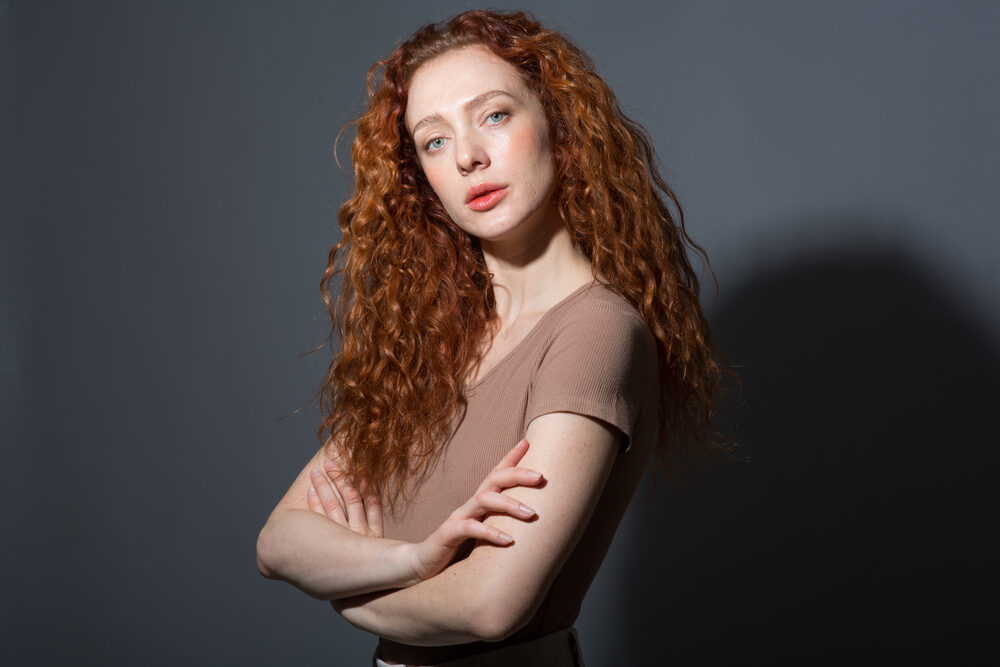
Is Sun-In Permanent?
Yes, Sun-in permanently alters your hair. The main ingredient is hydrogen peroxide, which breaks down your natural hair pigment (called melanin). Once your hair pigment is gone, it’s gone forever.
If you have the patience, you can wait for your hair to grow out after using Sun-in. But most people will want to remedy the issue much quicker than that.
So, if you don't love the results, you can always add color back into your hair with hair dye or a visit to your local hair colorist.
However, it is essential to note that bleaching your hair at home or getting it lightened by a professional stylist will damage your hair.
It will most likely damage it more than Sun-in ever could. You’ll need to weigh the pros and cons of each option to make the best decision for yourself and your hair.
Is Sun-In Hair Lightener Bad for Your Hair?
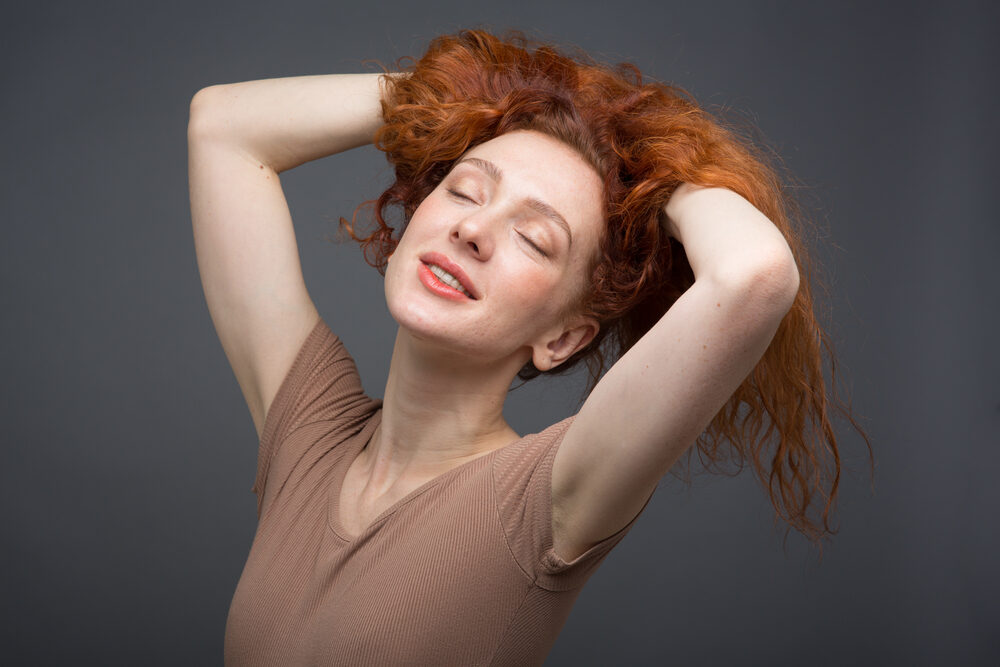
Sun-in is not the worst thing for your hair, but it’s also not great for it. It has both good and bad ingredients that can benefit and harm your hair. But when you compare Sun-in to hair dye or bleach, Sun-in is hands down the safer option.
Still, the ingredients can cause excessive hair dryness, resulting in a marked loss of shine and moisture. With heavy use, you could even experience breakage.
Because of this, we recommend only using Sun-In for a short time until your hair has been lifted by 1 or 2 shades. That way, you can avoid some of the damage that unhappy customers have described.
Here are some tips to keep in mind should you give Sun-In a try:
- Don’t use it if your hair is too dark. Sun-in works best on light to medium blonde hair that has not been chemically treated. If your hair is dark, the results could leave you with a brassy orange finish and cause irreversible damage.
- Keep Sun-in treatments to a minimum and stop once you have accomplished your desired look for the least damaging result.
- Apply a moisturizing treatment after application to promote hydration and minimize the risk of damage to your hair. A deep conditioner will work wonders after using Sun-in, especially if it’s curly and naturally prone to damage.
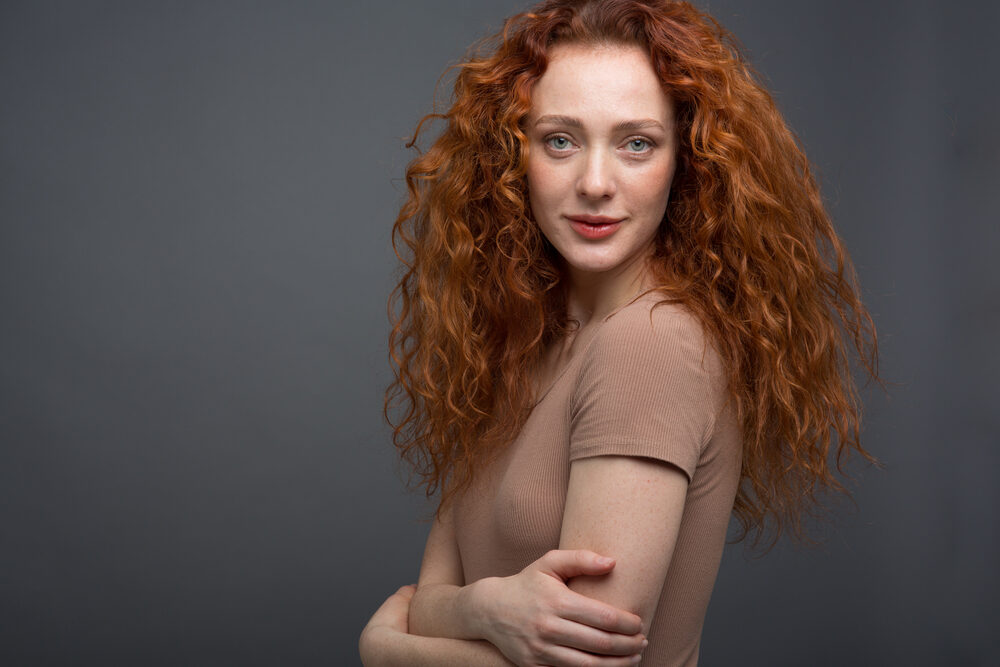
- What Does Hair Developer Do by Itself?
- Hair Streaks vs Highlights
- What Is Hair Photobleaching?
- What Is WellaPlex?
There you have it - everything you need to know about the safety and usability of Sun-in. If you’re going to try lightening your hair with chemicals, it’s best to go the least damaging route.
If that’s the case, Sun-in can be very helpful. But if you’re trying to avoid all damage to your hair, leave the Sun-in on the shelf. It’s marketed to be gentle and non-damaging, but that’s just not the case.
The peroxide and lemon make the formula more harmful than many realize. We hope that this article was helpful to you and encourages you to use Sun-in with caution if hair health is your top priority.




